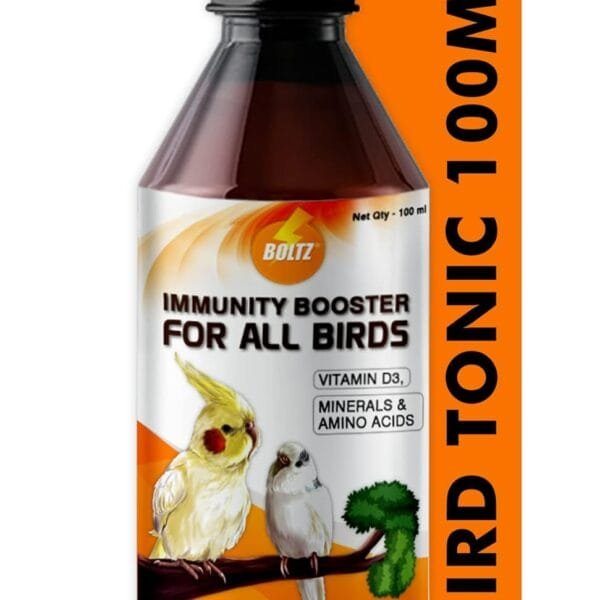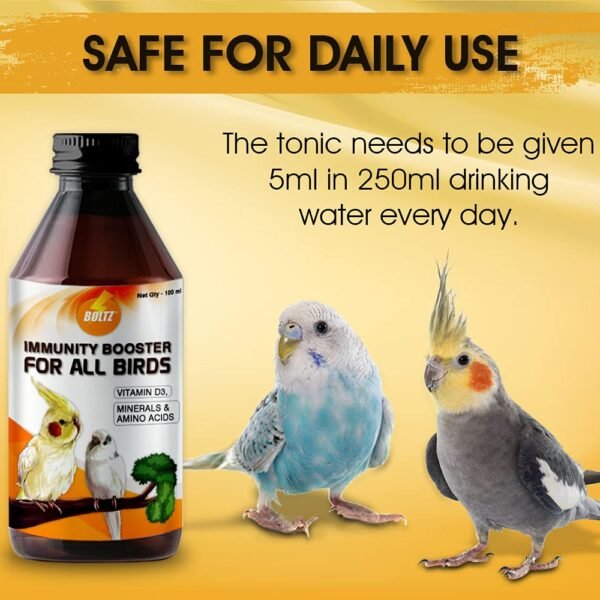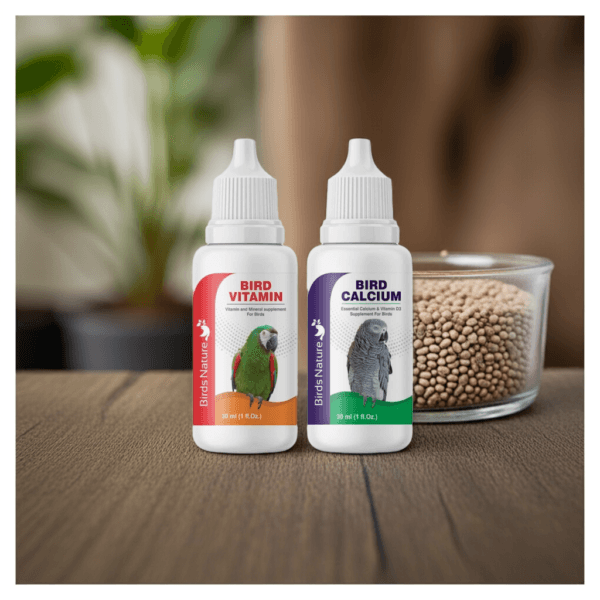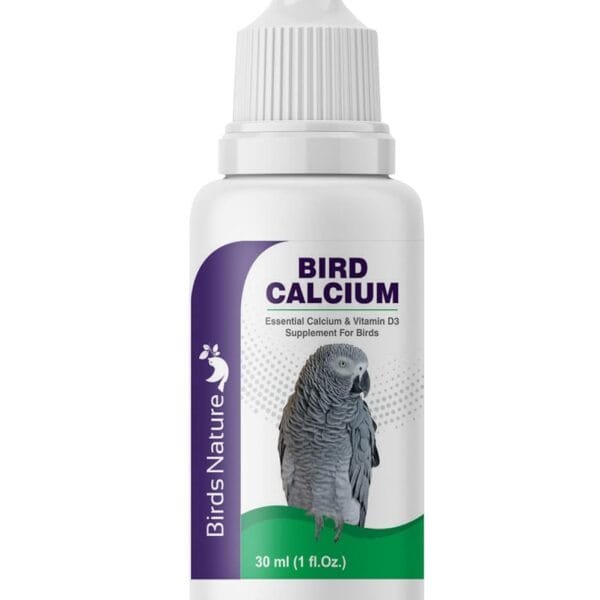Eclectus Parrot
The Eclectus Parrot (Eclectus roratus) is a strikingly colorful and sexually dimorphic parrot species native to the Solomon Islands, New Guinea, and northeastern Australia. Known for their vibrant plumage, males display brilliant emerald green with candy-red underwings, while females showcase deep red/purple with blue-black breast feathers. These intelligent birds have a unique digestive system requiring a high-fiber, low-fat diet of fresh fruits, vegetables, and specialized pellets. Eclectus parrots are exceptional talkers with clear voices, but their sensitive nature demands consistent routines and minimal stress. They thrive on social interaction but can develop feather-destructive behaviors if neglected. With proper care, they live 30-50 years, making them a long-term commitment.
| ECLECTUS PARROT FACTS | |
|---|---|
| Scientific Name | Eclectus roratus |
| Size | 35-40 cm (14-16 in) |
| Weight | 430-580g (females heavier) |
| Lifespan | 30-50 years |
| Diet |
|
| Unique Traits | • Extreme sexual dimorphism • Specialized digestive tract • Exceptionally clear speech ability |
| Conservation Status | Least Concern (IUCN) |
| Noise Level | Moderate (loud contact calls) |
| Ideal Cage Size | Min. 36″W × 48″D × 60″H |
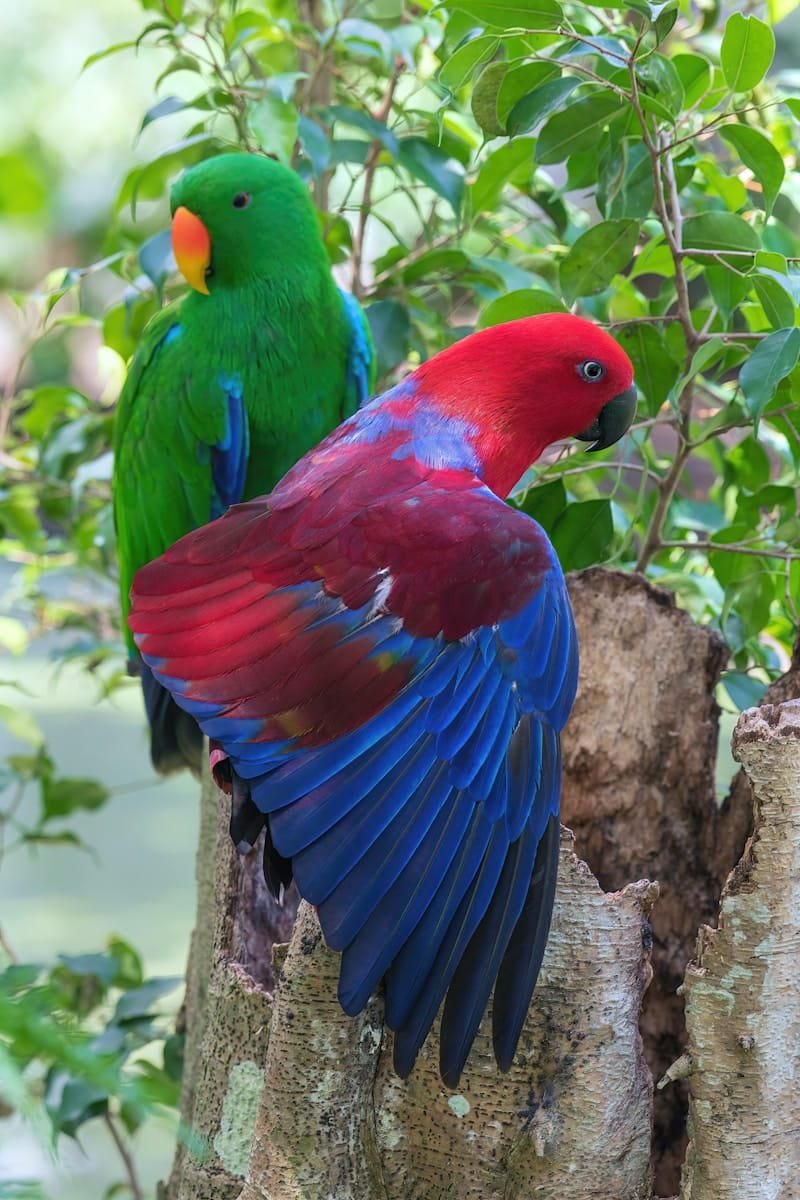
Showing all 4 results
Showing all 4 results
🦜 Eclectus Parrot Care Guide
Complete care instructions for your vibrant Eclectus
🌞 Daily Care
- Fresh Foods: 70% fresh veggies (sweet potato, broccoli, squash), 20% fruits (mango, papaya), 10% pellets
- Water: Change twice daily (Eclectus are sensitive to contaminants)
- Social Time: Minimum 3 hours of interaction outside cage
- Foraging: Provide 2+ foraging activities daily
📅 Weekly Care
- Cage Cleaning: Full disinfection with bird-safe cleaner
- Bathing: Offer spray bath or shallow bowl 4x/week (they love water!)
- Vitamin A Boost: Add chopped red peppers 3x/week (essential for plumage)
- Toy Rotation: Change 50% of toys to prevent boredom
🗓️ Monthly Care
- Weight Check: Healthy range: 430-580g (females larger than males)
- Feather Inspection: Look for stress bars (indicates nutritional deficiency)
- Beak/Nail Maintenance: Natural wood perches usually suffice
- Vet Visit: Annual checkups recommended
❗ Eclectus-Specific Needs
- Diet Warning: Avoid high-fat seeds/nuts (prone to obesity)
- Color Morphs: Solomon Island (smaller) vs. Vosmaeri (larger) have slight care differences
- Talking Ability: Excellent mimics – start training early
- Cage Size: Minimum 36″W × 48″D × 60″H for their long tails
| Eclectus Diet Plan | |
|---|---|
| Staples (Daily) | Chopped kale, carrots, sweet potato, squash, papaya |
| Occasional (2x/week) | Almonds, walnuts (unsalted), hard-boiled egg |
| Never Feed | Avocado, chocolate, caffeine, dairy |
💡 Expert Tips
- Use stainless steel bowls – they resist bacterial growth
- Provide UVB lighting if indoor-only (helps vitamin D synthesis)
- Females are more territorial – provide extra hiding spots
- Their digestive system is sensitive – transition foods slowly

